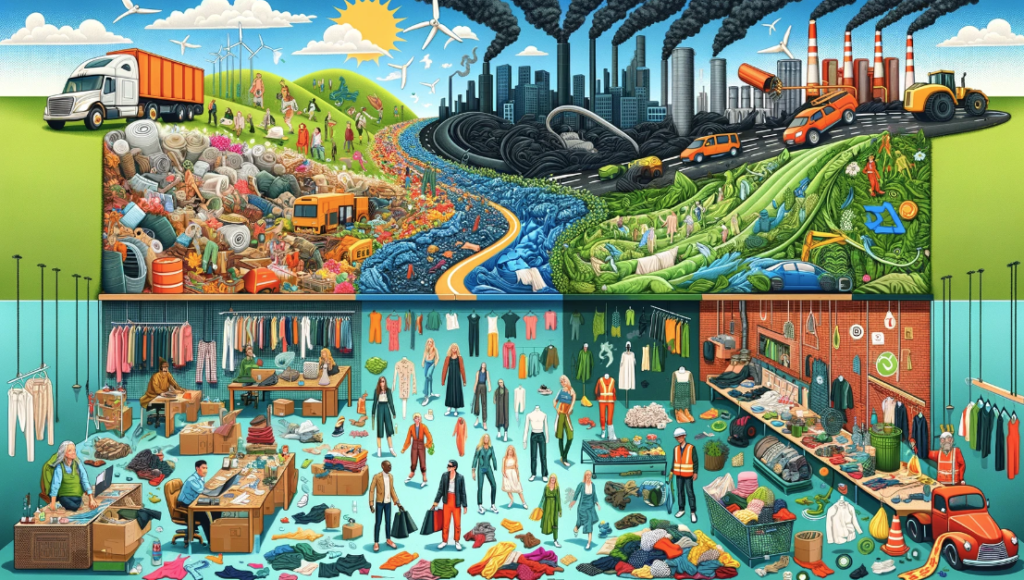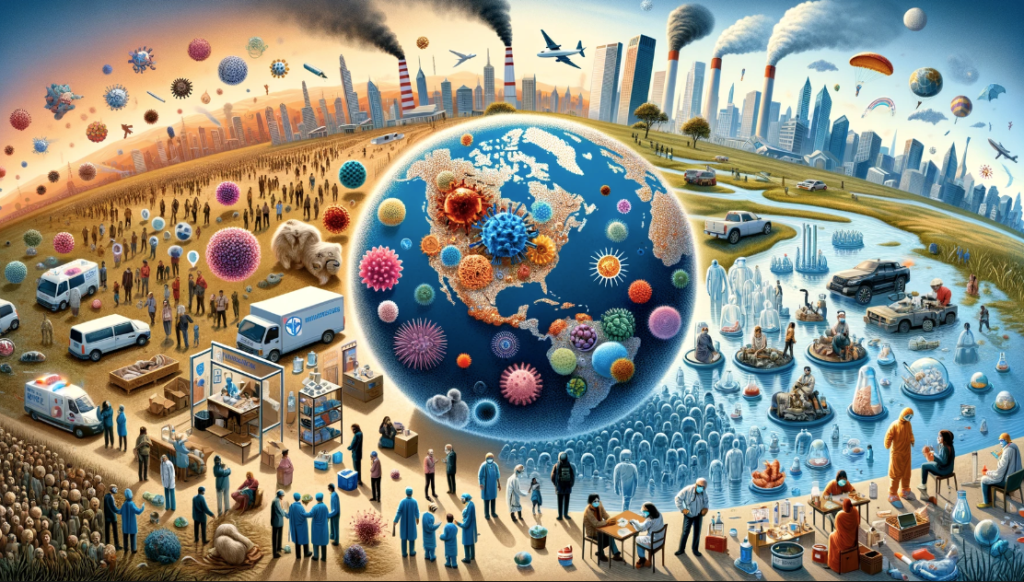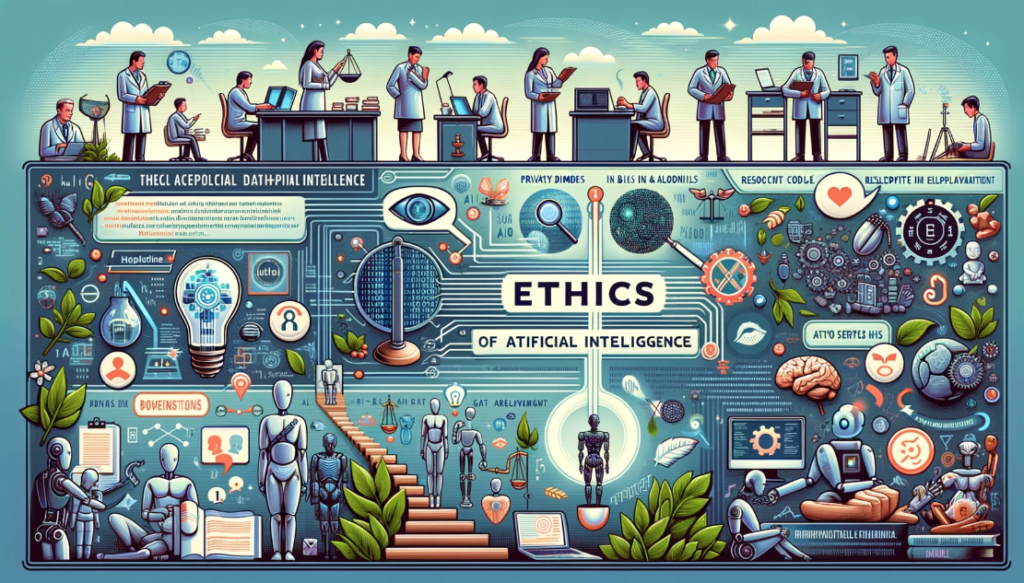Lesson 43. Sports and Society (スポーツと社会)
▮ Explanatory Text:
Sports play a significant role in society, influencing cultural norms, social integration, and national identity. Beyond physical health benefits, sports offer a platform for community engagement, fostering teamwork, discipline, and leadership skills. They also serve as a microcosm for societal issues, reflecting and sometimes challenging inequalities, gender norms, and racial discrimination. High-profile sporting events can unify nations and promote international camaraderie, yet they also raise questions about commercialization, ethical standards, and the impact on host communities. This topic explores the multifaceted relationship between sports and society, including the social, economic, and political dimensions of sporting activities and their broader societal implications.
▮ Common Phrases:
1. Sports contribute to social cohesion by…
2. The commercialization of sports has led to…
3. Gender equality in sports challenges…
4. Sporting events can promote international understanding through…
5. The ethics of sportsmanship emphasize…
▮ Example Sentences:
1. Sports contribute to social cohesion by bringing together individuals from diverse backgrounds for a common purpose.
2. The commercialization of sports has led to significant investments in marketing, broadcasting rights, and athlete endorsements.
3. Gender equality in sports challenges traditional stereotypes and promotes inclusivity and diversity.
4. Sporting events can promote international understanding through the celebration of global talent and sportsmanship.
5. The ethics of sportsmanship emphasize fairness, respect, and integrity both on and off the field.
▮ Questions:
1. How do sports reflect and influence cultural values and societal norms?
This question encourages learners to discuss the role of sports in shaping and expressing cultural identities and social values.
2. What are the impacts of the commercialization of sports on athletes, fans, and the integrity of the games?
Participants explore the consequences of sports commercialization, including its benefits and drawbacks for various stakeholders.
3. How can sports be a vehicle for promoting gender equality and challenging stereotypes?
This prompts a discussion on the potential of sports to advance gender equality and break down gender-based barriers.
4. &5. In what ways do international sporting events contribute to global peace and understanding?
Learners examine the role of sports in fostering international relations and enhancing mutual respect among nations.
Discuss the ethical considerations in sports, including doping, corruption, and the treatment of athletes.
This question invites learners to reflect on ethical issues in sports and consider solutions to uphold sportsmanship and integrity.
▮ Discussion Instructions:
Choose a specific issue related to sports and society that interests you, such as the role of sports in community development, the impact of sports on youth, or the influence of media on sports culture. Discuss the current state of this issue, including any controversies, challenges, and potential solutions. Reflect on how this issue illustrates the broader connection between sports and societal dynamics.
















